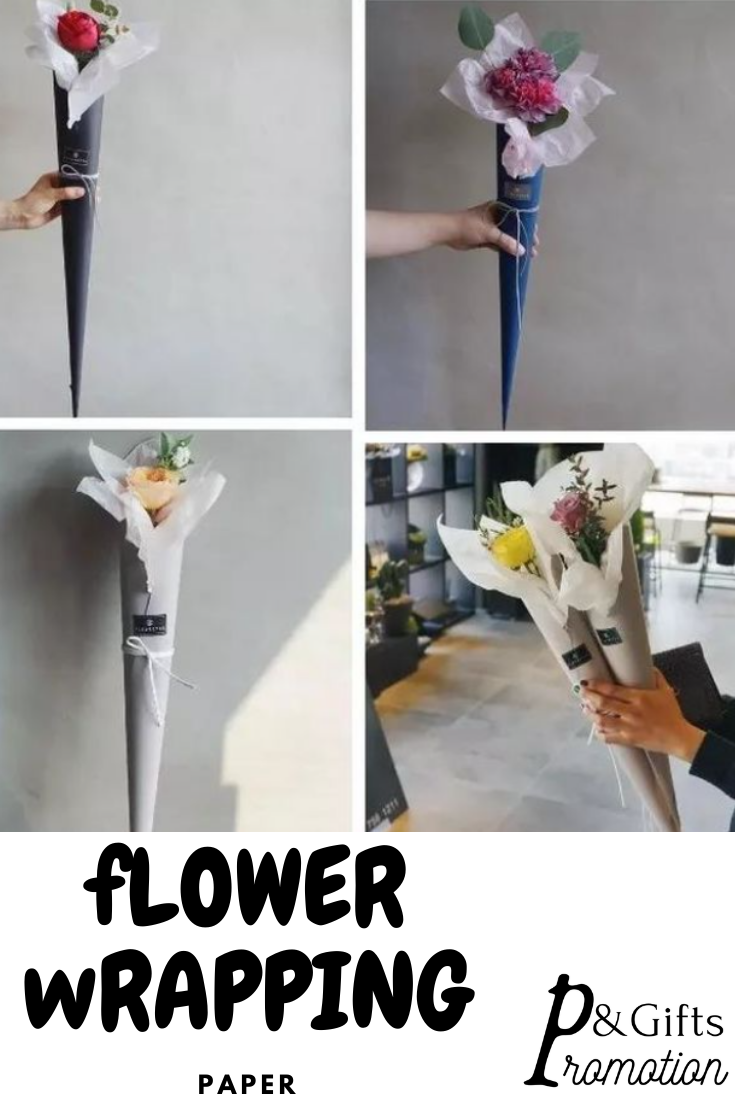Types Of Wrapping Paper
1. Cellophane (waterproof material)
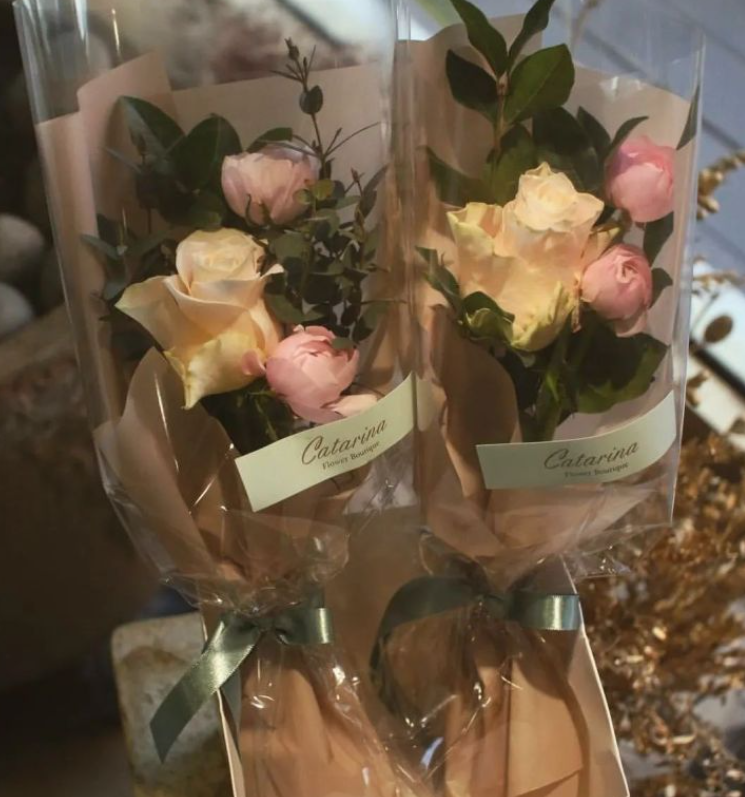
Almost all bouquets need cellophane. One of its main functions is to be used as a waterproof layer (water storage layer) for the bouquet. It can be used to wrap the bottom of the bouquet and a small amount of water can be stored to keep the flowers fresh.In addition, as a wrapping paper, the transparency of cellophane (fully transparent or with patterns) allows the bouquet to be fully exposed without being visually blocked. It is generally used with other wrapping paper.
2. Tissue Paper
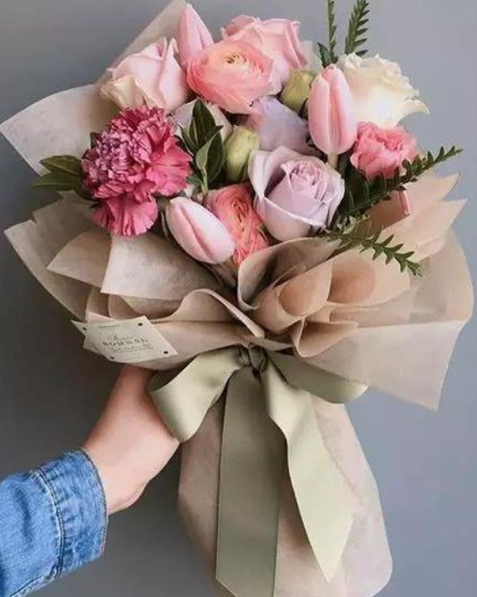
The Tissue paper is thin, translucent, and it is easy to knead into a ball to create a fluffy feel. It is generally used as the “lining” of the bouquet, and then it is matched with other colored wrapping paper. This “lining” adds nobility and purity to the bouquet, like a delicate girl.It is especially suitable for collocation with jute wrapping paper. The delicate and soft tissue paper and “rough” hessian wrapping complement each other.
The following wrapping paper are similar. They are all waterproof materials. The difference lies in transparency and color:
3. Tracing wrapping paper (waterproof material-translucent)
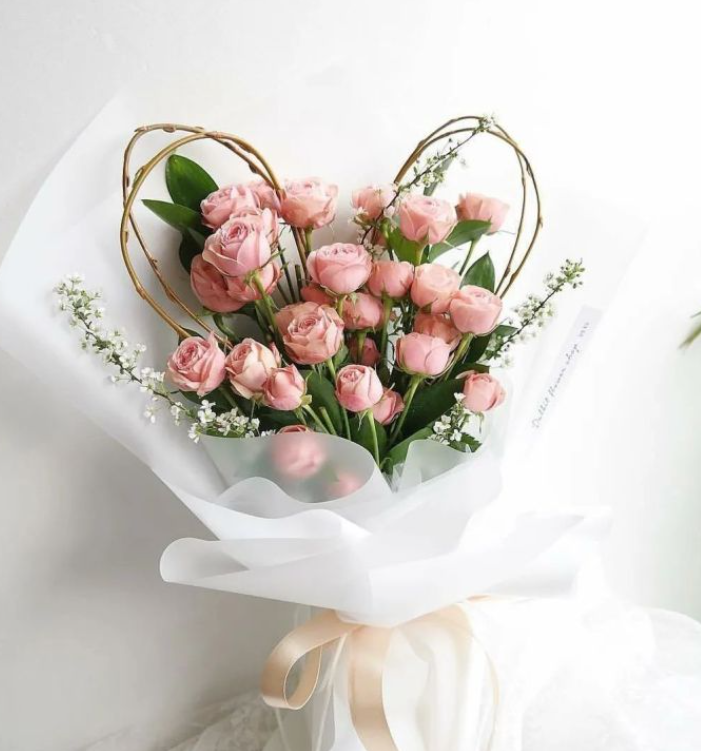
The tracing transculent paper is water-resistant and not easily damaged like cellophane, it is translucent, and the surface on the paper is like it’s been covered with hazy fog. The hand-feel is very soft.
Korean paper (waterproof material-slightly transparent)Compared with tracing paper, the transparency is lower, the two sides are smooth, and there are also many colors to choose from.
opaque paper (waterproof material-impermeable) ususally comes with bright colors and it is shiny on both sides. Due to its opacity, there are available in two-color or single color, and the two-color is more rich and layered.
4. Kraft paper
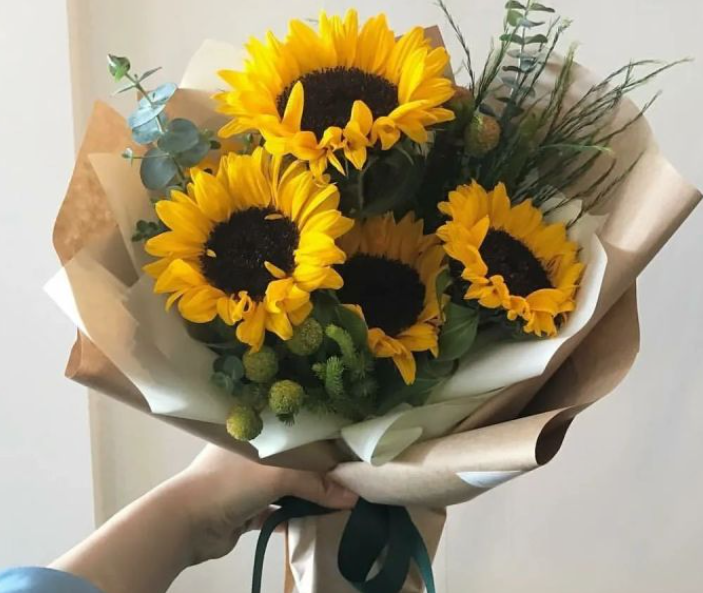
Kraft paper is a coarse brown paper that is used for wrapping packages. It can be bleached to various lighter shades varying from brown to white. Kraft paper is available in sheets or paper rolls. Normal kraft paper is strong and relatively coarse. It has high tensile strength. The grammage is normally 40–135 g/m2.
The packaging of kraft paper is very suitable for matching with pastoral and literary bouquets, creating an elegant and retro feeling.
5. Hessian Wrap
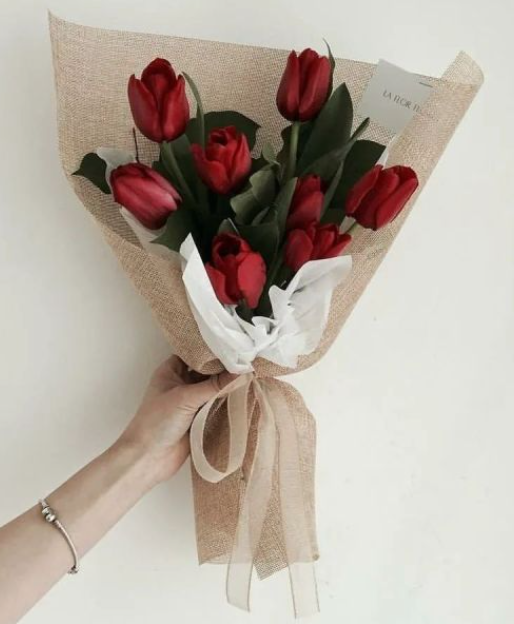
The hessian wrapping paper has a “rough” surface, and the hole-like fiber structure can add a unique texture to the flower decoration. It is usually used on the outside layer of the bouquet with tissue paper or kraft paper as the lining.
6. Lace Mesh
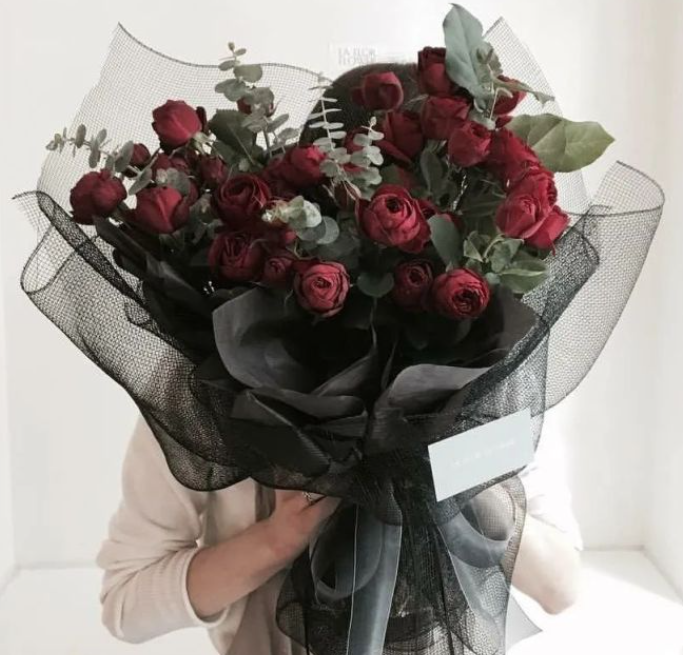
The density of the mesh is sparse and the texture is relatively thin. It is suitable for both inner lining and outer packaging, giving people a mysterious, ethereal and dreamy feeling.
7. Corrugated paper
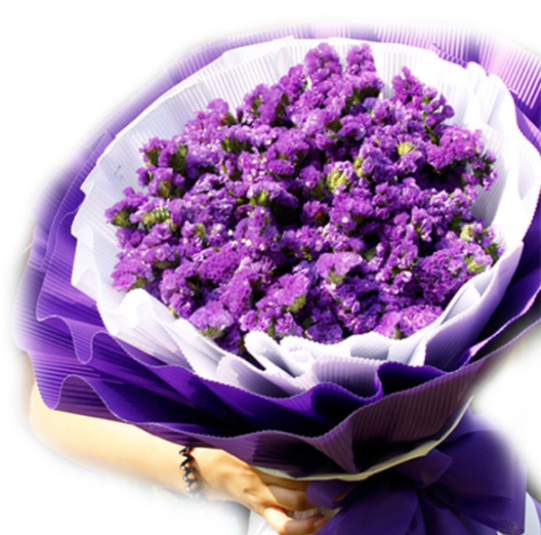
The pure color and gorgeous appearance, simple and fashionable, the concave and convex workmanship makes the paper more stiff, and the layered texture makes the bouquet more layered.
8. Cotton paper

The meticulous hollow pattern, the soft fiber material, the color is simple but fashionable. With the hollow texture, it is delicate and smooth, like the touch of the skin, allowing the vision and touch to flow at the fingertips.
9. Newsprint
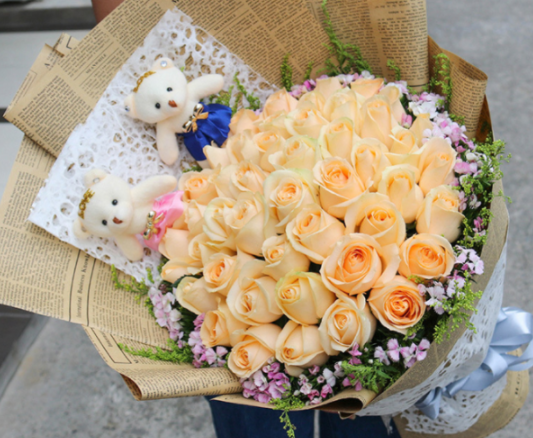
Newsprint is the paper used for printing newspapers. It is a cheap paper that is thick enough to be printed on both sides. Newsprint is often used for paper mache projects. It tears easily and holds paper mache paste well.

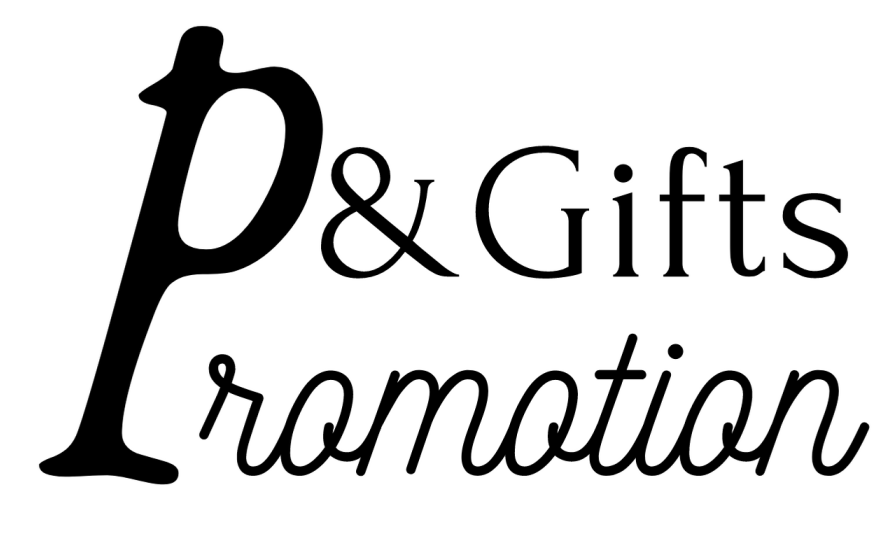
 English
English German
German French
French Arabic
Arabic Afrikaans
Afrikaans Albanian
Albanian Armenian
Armenian Azerbaijani
Azerbaijani Basque
Basque Belarusian
Belarusian Bulgarian
Bulgarian Catalan
Catalan Croatian
Croatian Czech
Czech Danish
Danish Dutch
Dutch Estonian
Estonian Filipino
Filipino Finnish
Finnish Galician
Galician Georgian
Georgian Greek
Greek Haitian Creole
Haitian Creole